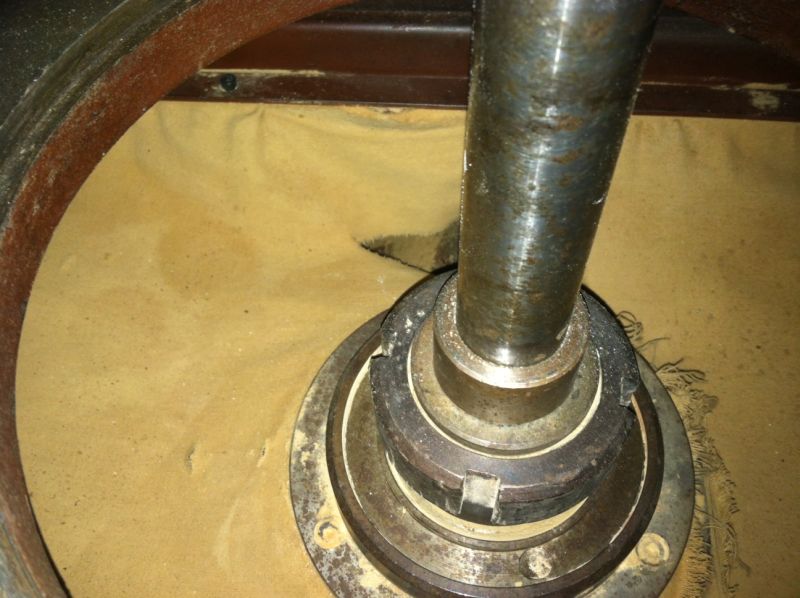Table Saw Blade Alignment 101
Advice on how to keep wood from binding up and burning in a table saw. February 27, 2007
Question
Will a saw blade on a tablesaw that is heeling (closer to the fence at the back of the blade than the front) cause lumber to warp and pinch as it goes through?
Forum Responses
(Solid Wood Machining Forum)
From contributor R:
Yes, the blade will bind and burn in this condition. Your blade should be parallel to the miter guide slot and the fence.
From contributor U:
If the board is pinching between the fence and the blade, then it needs adjusted. If the lumber is bowing together and pinching the blade from both sides, then the lumber has stress in it.
From contributor J:
As the previous posters said, if the board is twisting, splitting apart, or pinching together tightly, these are signs of improperly dried lumber. If the board is burning it could be the fence is out of whack. You can usually tell when you're ripping if the fence is out. As you push your piece through, once the board is completely past the front edge of the blade, there should be little resistance to push it through the rest of the way. If there is still resistance, then the back edge of the blade is still "cutting" the board as it passes. This would be bad.
Ideally you want the blade perfectly parallel to the fence. In practice I usually leave the fence about a hair (thickness of a sheet of copy paper) open on the backside of the blade. If your fence is particularly sloppy you can leave a little more open on the backside.
From contributor P:
The other culprit may be that the stock is improperly or unevenly dried (case hardened) and when you're ripping it you're releasing tension created by a moisture imbalance, then causing the stock between the blade and fence to curl into the new kerf and burn against the teeth at the rear.
The solution to that is a good splitter or riving knife properly adjusted, dead parallel to and directly in line with the blade. I've got the Beismeyer splitter on my Unisaw, keep it clean (polished and treated with TopCote), and it eliminates the problem. It's easy to remove for operations that don't require it, and snaps back into place accurately. It also radically reduces the likelihood of kickback (anything that does is a good thing), which you're also risking when stock wants to rub or bind against the rear of the blade.
I also do exactly what contributor J does, and kick the fence ever-so-slightly away from the blade line at the rear. We're talking wood here, not metal, and less than 128th of an inch out of parallel from front to back. Contributor J is right, it does make a significant difference and has no effect on the accuracy of joinery since wood movement will readily exceed that tolerance.
From contributor K:
There is one other thing that can cause this even if the blade is set parallel to the ways, and to the fence - if the front of the table is down slightly lower than the axis that the trunion pivots around. I cured my problem by taking off the front bolts which hold the top on, and slipping a couple of washers between the base and the top as I replaced the bolts. If you raise it too much, it will rub on the top back of the blade. Before you make these adjustments, make sure that your blade is sharp and not dull on one side, which would cause some blade deflection toward the sharp side.
